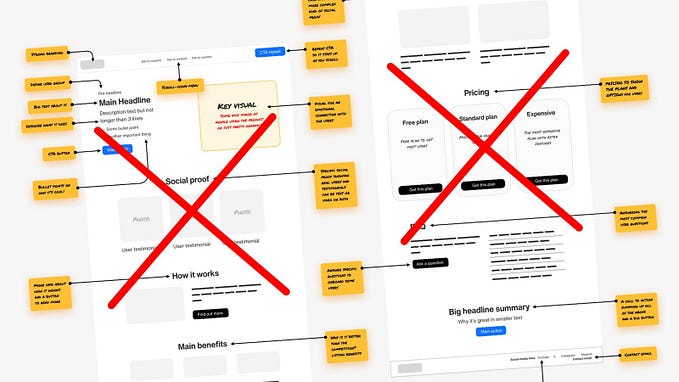Member-only story
Gamification gone wrong: stop the streaks
For the love of Duolingo, Headspace, and Peloton: please stop streaking.
What’s the highest streak you’ve ever achieved on a digital product? For me, it’s Duolingo. I once hit a streak of 60 days in a row of learning Italian, but then one leisurely Saturday, I was too busy shopping ’n’ socialising. When I got home at one minute past midnight, I got an email informing me that my streak had ended, and I was a failure, and this is why I can’t have nice things, and nothing I ever hope to achieve will happen.

Ok, yes, I’m being dramatic, but I got an email and was a little annoyed, which put me off from continuing my learning journey with Duolingo.
This was in the days before you could pay to repair a streak, and since then, there are streaks everywhere, and it’s starting to feel a little too cheap as a way of getting users to engage. So, let’s take a deeper dive into how streaks work and whether they’re effective…

What is a streak?
So, friends, let’s make a streak. What are the essential ingredients?
For one, we need to choose a behaviour that we’ll be counting. Is it enough for the user to simply show up and log in each day to count towards their streak? Or do they need to complete an activity, take a photo, or learn a new word?
Tie the behaviour we’re counting to those that lead to what they want to get done with your product. So, if we’re talking Duolingo, the desired outcome is to learn a language, so any activity that contributes to this should count, such as taking a lesson, learning some new words, or revising some previously-learned vocabulary. Just showing up isn’t quite enough to count.
Now that we’ve got our behaviour, let’s reward it. Are we going to show a little celebratory pop-up each time the user’s streak continues? Will they have a flaming emoji with a number on their profile to proudly show off their streak? Will there be extra special rewards for hitting certain milestones, for example, 10 days in a row? Whatever you decide, it’ll need…









